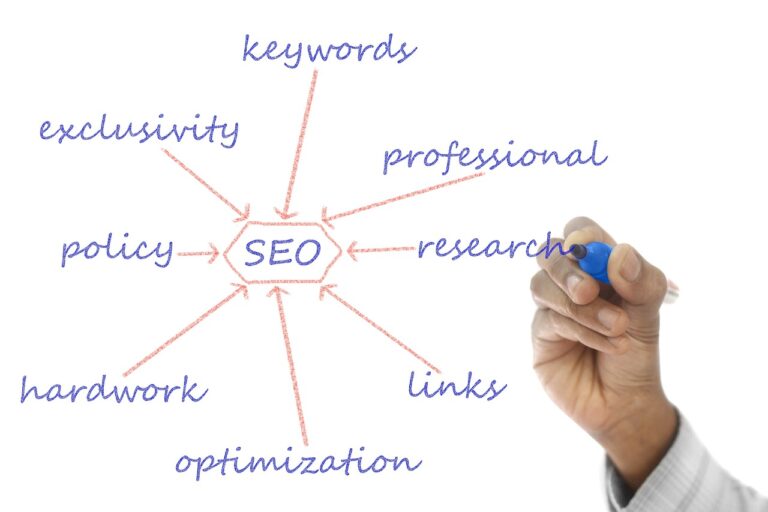The Subscription Economy: How Businesses Can Benefit from Recurring Revenue Models
In today’s rapidly evolving business landscape, the subscription economy has emerged as a powerful force reshaping the way companies do business. With the rise of subscription-based models, businesses are moving away from traditional one-time sales to recurring revenue streams that provide a steady and predictable income. This shift has been driven by changing consumer preferences, technological advancements, and the need for businesses to adapt to a more digital and connected world.
Why the Subscription Economy Matters
The subscription economy offers a range of benefits for businesses looking to grow their revenue and build long-term relationships with customers. By offering subscription-based services or products, companies can create a more predictable revenue stream that is not dependent on one-off sales. This can help businesses weather economic downturns, reduce churn rates, and increase customer lifetime value.
Types of Subscription Models
There are several types of subscription models that businesses can adopt, depending on their industry and target market. Some of the most common subscription models include:
- Product Subscription: Customers pay a recurring fee to receive a product or a set of products on a regular basis. This model is popular in industries such as beauty, food, and pet supplies.
- Service Subscription: Customers pay a regular fee to access a service or a set of services. This model is common in industries such as software, media, and fitness.
- Membership Subscription: Customers pay a recurring fee to become a member of a community or gain access to exclusive benefits. This model is popular in industries such as retail, hospitality, and entertainment.
Benefits of Subscription-Based Models
There are numerous benefits to adopting a subscription-based model for businesses:
Predictable Revenue
One of the key advantages of a subscription model is the ability to create a predictable revenue stream that is not reliant on one-off sales. This can help businesses plan their finances more effectively and build a more sustainable business model.
Improved Customer Retention
By offering subscription-based services or products, businesses can build long-term relationships with customers and reduce churn rates. This can lead to increased customer lifetime value and a more loyal customer base.
Scalability
Subscription-based models are highly scalable, allowing businesses to grow their customer base without incurring significant costs. This can help businesses expand into new markets and reach a wider audience more easily.
Challenges of the Subscription Economy
While the subscription economy offers a range of benefits for businesses, there are also some challenges that companies may face when transitioning to a recurring revenue model:
Customer Acquisition Costs
Acquiring new customers for a subscription-based service or product can be more expensive than traditional one-off sales. Businesses may need to invest in marketing and promotional activities to attract new subscribers.
Retention and Churn
Keeping customers engaged and preventing churn can be a challenge for businesses offering subscription-based services. Companies need to constantly deliver value to customers to ensure they continue to renew their subscriptions.
Technology and Infrastructure
Implementing a subscription-based model requires businesses to have the right technology and infrastructure in place to manage recurring billing, customer relationships, and subscription plans. This can be a significant investment for companies, especially smaller businesses.
Success Stories in the Subscription Economy
Despite the challenges, many businesses have successfully embraced the subscription economy and seen significant growth as a result. Some notable success stories include:
Netflix
Netflix revolutionized the entertainment industry by offering a subscription-based streaming service that allows customers to access a vast library of movies and TV shows for a monthly fee. The company has seen explosive growth in recent years and has become a dominant player in the streaming market.
Adobe
Adobe transitioned from selling software licenses to offering a subscription-based service for its popular Creative Cloud suite. This move has allowed Adobe to attract a larger customer base, increase customer loyalty, and generate more recurring revenue.
Amazon Prime
Amazon Prime offers a subscription service that provides customers with free shipping, access to streaming services, and exclusive deals. The company has been able to attract and retain millions of subscribers by offering a range of benefits that appeal to a wide audience.
How to Successfully Implement a Subscription-Based Model
For businesses looking to transition to a subscription-based model, there are several key strategies to consider:
Understand Your Customers
Before launching a subscription service, businesses need to understand their target market and the needs of their customers. Conducting market research, gathering feedback, and analyzing data can help businesses tailor their subscription offerings to meet customer demand.
Offer Value
To attract and retain subscribers, businesses need to offer value through their subscription services. This can be in the form of exclusive content, personalized experiences, or special discounts. Businesses should continuously innovate and add new features to keep customers engaged.
Focus on Customer Experience
Providing a seamless and enjoyable customer experience is crucial for the success of a subscription-based model. Businesses should make it easy for customers to sign up, manage their subscriptions, and contact customer support if needed. Building trust and loyalty with customers is key to reducing churn rates.
FAQs
What industries can benefit from a subscription-based model?
Many industries can benefit from adopting a subscription-based model, including software, media, retail, and entertainment. Businesses that offer products or services that lend themselves to recurring usage or consumption are particularly well-suited for subscription models.
How can businesses manage subscription billing?
Businesses can use subscription billing software to manage recurring billing, automate invoicing, and process payments for subscriptions. There are many subscription billing platforms available that offer features such as flexible pricing plans, dunning management, and subscription analytics.
What are some common pricing strategies for subscription-based models?
Some common pricing strategies for subscription-based models include tiered pricing, freemium models, and usage-based pricing. Businesses can experiment with different pricing strategies to find the one that works best for their target market and business objectives.
How can businesses reduce churn rates in a subscription-based model?
Businesses can reduce churn rates by regularly engaging with customers, providing value through their subscription offerings, offering incentives for long-term subscriptions, and monitoring customer feedback and usage patterns. By understanding why customers cancel their subscriptions, businesses can take steps to prevent churn and increase customer retention.
Overall, the subscription economy presents a wealth of opportunities for businesses willing to embrace change and adapt to the evolving needs of consumers. By adopting a subscription-based model, companies can create a more sustainable and profitable business that is better equipped to thrive in today’s competitive marketplace.







